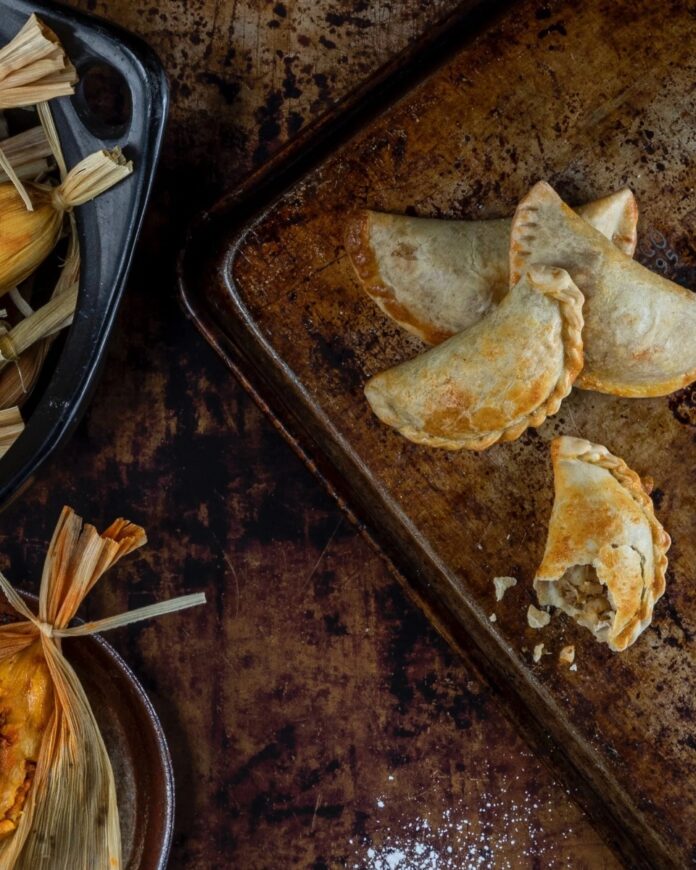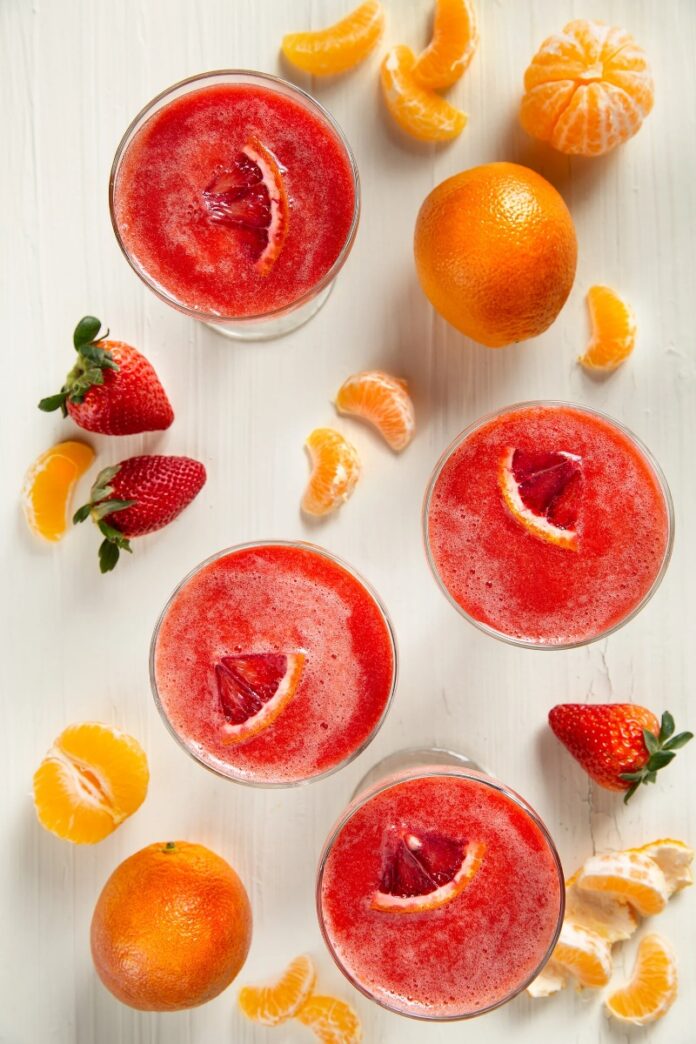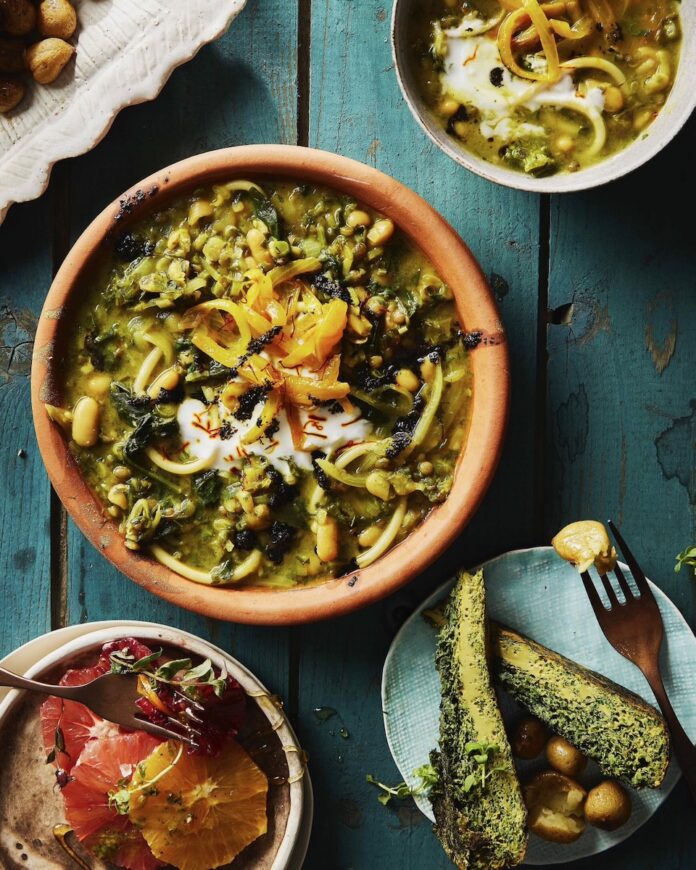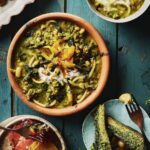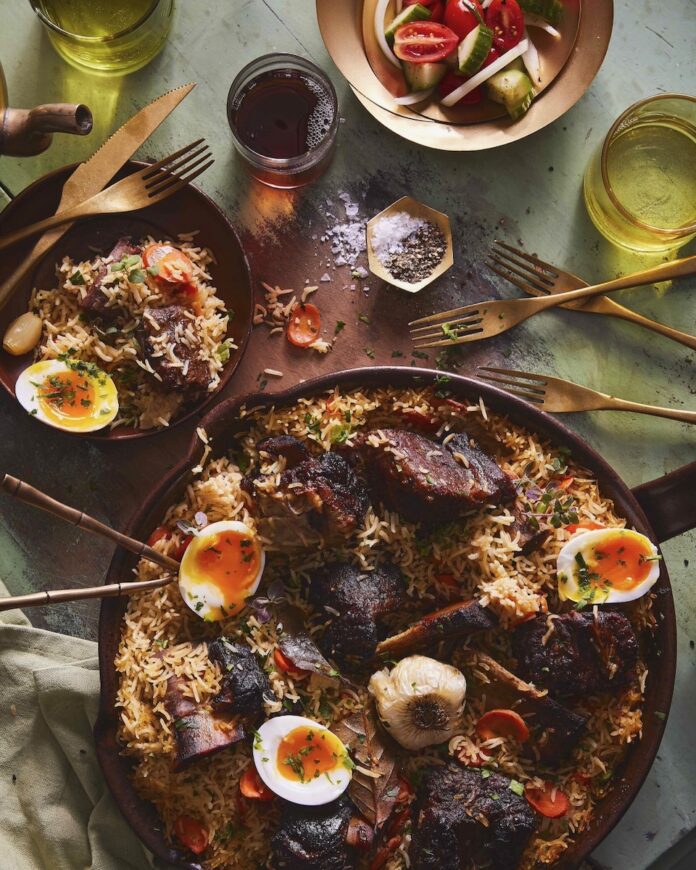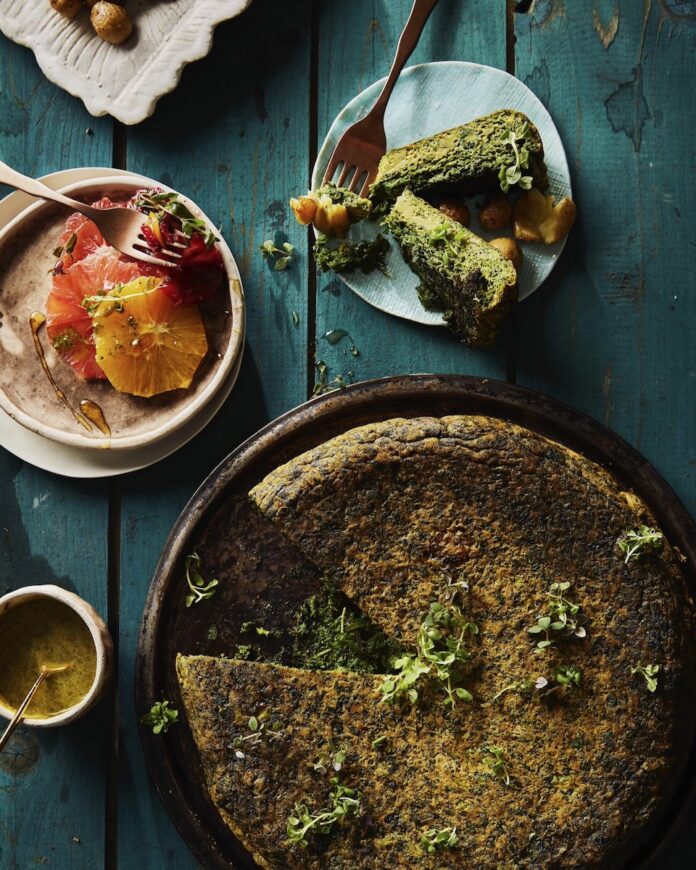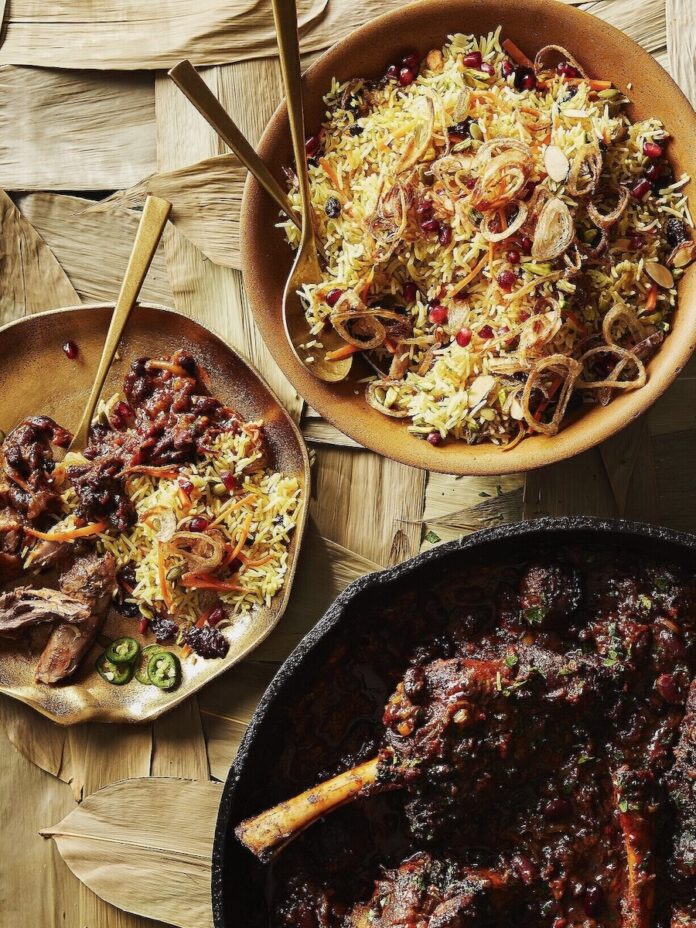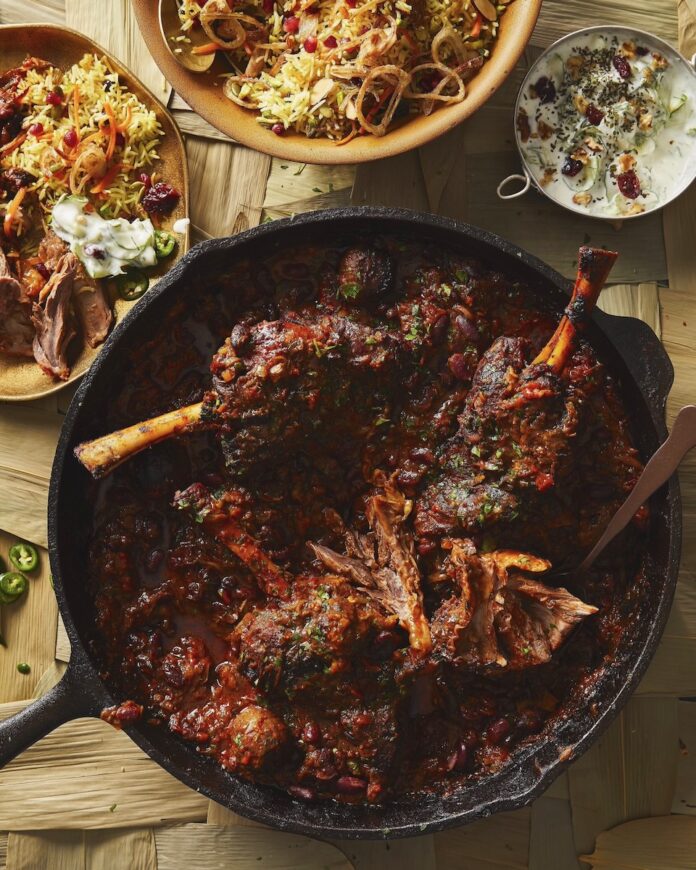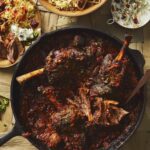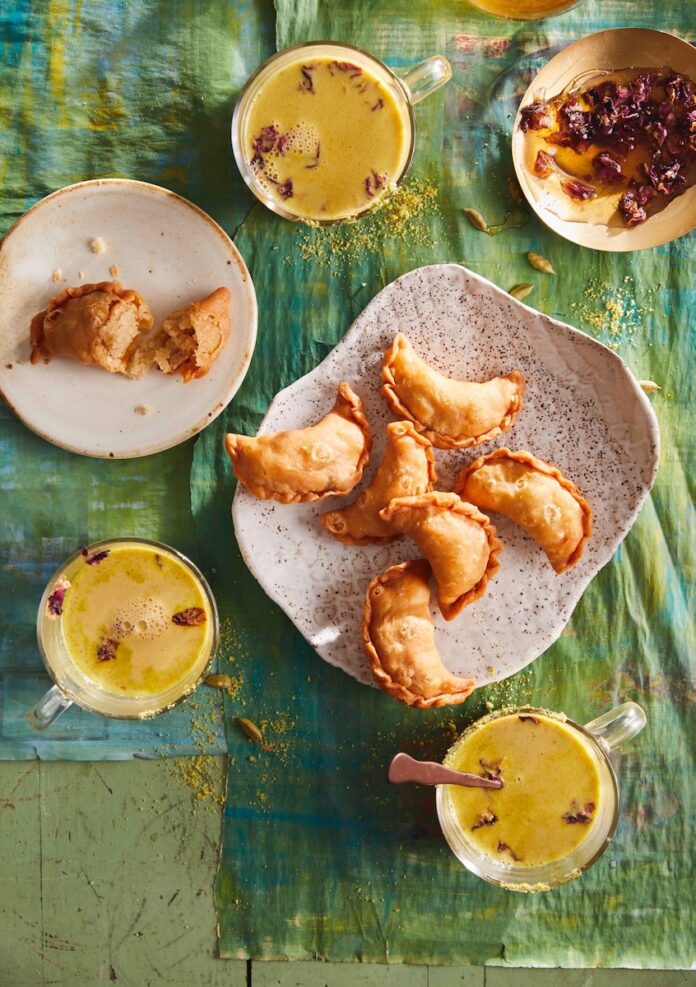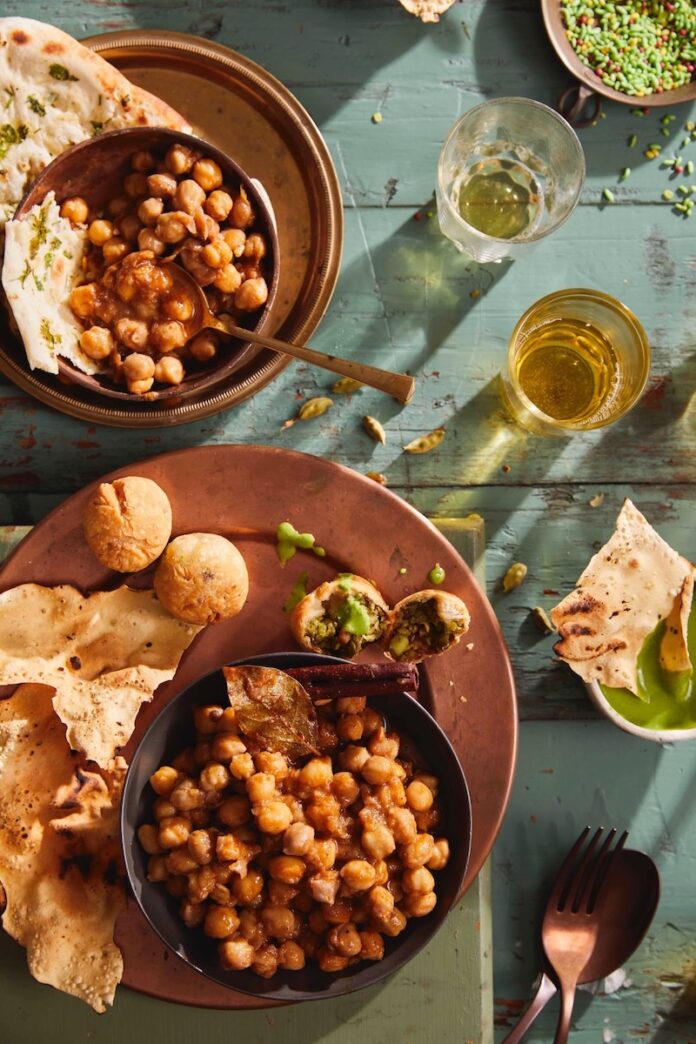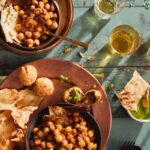Empanaditas are a cherished part of New Mexico’s food traditions, often made for holidays, family gatherings, and special celebrations. These small hand pies combine a tender, golden dough with a rich filling that blends savory meats, sweet raisins, applesauce, and warm spices. This authentic New Mexico empanaditas recipe, shared by Theresa Martinez and her family, shows how generations have enjoyed these pastries as both a treat and a tradition.
Irresistible Empanaditas
What makes empanaditas so unique is their balance of flavors. The filling mixes pork roast and cow tongue with cinnamon, cloves, coriander, and piñon nuts, creating a taste that is both sweet and savory. Wrapped in a soft yeast dough and fried until crisp, these little empanadas are a perfect example of how New Mexican cooking brings together Spanish, Indigenous, and Southwestern influences in one delicious bite.
Whether you serve them at Christmas, during fiestas, or simply as a homemade snack, empanaditas are a recipe that connects families to their roots. With simple ingredients and step-by-step instructions, you can bring the flavors of New Mexico into your own kitchen and share these traditional pastries with the people you love most.
Print
Authentic Empanaditas
Description
This recipe for New Mexico empanaditas features a sweet and savory filling made with tender meats, raisins, applesauce, spices, and piñon nuts. The mixture is wrapped in a light yeast dough, folded into small pockets, and deep‑fried until golden brown.
Ingredients
For the filling:
- 1 lb cow tongue and pork roast, cooked
- 1 1/2 cup raisins
- 2 cups applesauce or jam
- 1 cup of sugar
- 1 tsp ground coriander
- 1/2 tsp cloves
- 1 tsp cinnamon
- 1/2 cup shelled piñon
- 1 tsp salt
For the dough:
- 2 packages yeast
- 1 qt evaporated milk
- 3 tbsp melted Crisco
- 3 handfuls of Crisco
- 3 tsp salt
- Sugar
- 2 cups flour
Instructions
For the filling:
- Grind meat and add raisins, applesauce, sugar, spices, and nuts. It should be moist in consistency.
- If mixture seems too dry, add a little meat stock.
For the dough:
- Soak yeast in warm water. Heat milk, add Crisco, salt, and sugar to it. Cool to lukewarm and add dissolved yeast add enough flour to make a medium dough.
- Do not let rise. Roll out dough approximately 1/8-inch thick.
- Cut with biscuit cutter, if the dough rises after the biscuits are cut roll them thin.
- Place 1 1/2 teaspoon of minced meat in center of rolled dough, fold and pinch together. Deep-fry until brown.

The Martinez family in the kitchen together.
Story and Photography by Gabriella Marks
Styling by Robert Nachman
Food by Theresa Martinez and family
Subscribe to TABLE Magazine’s print edition.
